How to tie up tomatoes in the open field and in the greenhouse
Absolutely all varieties of tomatoes need a garter - both tall and low. How to correctly tie up tomatoes in a polycarbonate greenhouse or outdoors?
Why tie up tomatoes?
Experienced gardeners agree that a garter of tomatoes, especially tall ones, is a must. This is due to a number of advantages that this procedure provides.
- Under the weight of the harvest, the branches begin to tilt to the ground. If not helped, they may just break.
- When fruits touch the ground, they are most susceptible to fungal diseases, as well as to parasites that live in the soil.
- Better air flows between the tied plants, which makes it easier for oxygen to penetrate the roots, and also helps to reduce the risk of development late blight.
- Tomatoes are usually watered right under the root, because water getting on the leaves is undesirable for them. Tying plants greatly simplifies this procedure.
- The garter of the bush opens access to it from different sides, which, in turn, greatly facilitates the pinching.
- The harvesting process is also simplified - all the fruits on the bush are perfectly visible.
- It becomes easier to treat plants from various diseases and pests.
- The garter increases the amount of free space and makes it possible to collect a decent amount of fruit from one small area.
Tomato garter rules
Whichever method of garter tomatoes is chosen and wherever this procedure is performed (in a greenhouse, in open ground), there are several universal rules:
- ropes or pieces of cloth can only be used for one season to prevent the development of fungal diseases;
- everything that is used as a support must be previously disinfected with a solution of potassium permanganate (0.02 g per liter of water);
- it is not recommended to tie the stems close to the support, it is desirable that there is a distance of at least 1-2 cm between them, otherwise the plant can be damaged;
- the rope should be tied loosely, not dig into the trunk;
- the first garter is carried out when 8-10 true leaves appear on the plant, then - from two to four times per season, depending on the height of a particular variety;
- just before tying you need pinch the plant, and then water it;
- some gardeners also recommend fertilize tomatoes right after the garter.
What materials to use?
You can tie up tomatoes with various ropes, cords or twine. However, it is important that they are thick enough. Also well suited for this purpose are fabric ribbons that can be cut from old unnecessary things: bed linen, tights, golfs, and so on.
You can use both natural and synthetic materials. However, the former are more suitable for garter tomatoes in a greenhouse, and the latter in the open field. This is due to the fact that natural tissue rots more easily and various harmful organisms can settle in it.
There are also special plastic fasteners that can be easily closed and opened. Their advantage is that they are reusable and can be reused after disinfection.
You can also find a special garter device in stores called a tapener. The principle of operation of this device is similar to that of a conventional stationery stapler.He wraps the stem of the plant and the support with a special elastic tape, and then holds the ends together.
Too thin ropes, as well as fishing line or wire, are categorically not suitable for tying - they can cut the trunk of the plant.
What to make tomato garter pegs?
To make your own pegs, you need a wooden board with the following parameters:
- length - 2 meters;
- width - 10-15 cm;
- thickness - 5-7 cm.
It must be marked with the required number of pegs in width and length. Then the board is sawn according to the markings made earlier. If there is such a need, ready-made pegs can be processed with sandpaper. Also, their ends can be sawed off at an angle of 45 degrees to make it easier to stick into the ground.
Garter methods
There is no fundamental difference between how to properly tie tomatoes in the open field and in a greenhouse. The methods below can be used in either case. You need to choose a specific option based on your own capabilities, the size of the plot and the variety of tomatoes.
To the pegs
A peg is driven in near each plant. In height, it should be equal to or higher than an adult bush. You can make your own garter pegs or find handy tools. For these purposes, fairly high and wide sticks are suitable: wooden, metal or plastic. Plants are tied up near the very tops. As you grow, new garters are made and old ropes are removed.
On the trellis
With this method of growing, the trellis to which the garter is made is harvested before the tomatoes are planted. There are three design options.
- Several wooden posts are installed in one row at a distance of four meters from each other. The length of the supports should be such that they rise approximately 3 meters above the ground. On top of the posts, slats are placed, which are nailed for reliability. Three rows of wire are stretched along this structure at a distance of about one meter from each other. The lowest row should be 15-20 cm above the ground. The resulting horizontal fence must be turned into a mesh, every 20 cm, fastening the ends of the rope on the upper rails and wrapping each crossbar with it. The tapestry is ready. Once the plant is stretched to a certain height, it is directed to the appropriate mesh cell.
- The second method is easier to execute. The supports are installed in the same way as in the previous case, but only one row of wire is pulled, at a height slightly higher than the size of an adult plant. A rope is tied to it, the other end of which is wrapped around the stem and tied. In a greenhouse, you can tie a rope directly to the arches of the greenhouse. When the bush grows, it is simply allowed to curl around the rope.
- You can also simply fix the finished mesh with large cells - metal or plastic - on the supports.
In cages
A large mesh of metal or plastic is wrapped around the plant. It turns out a kind of pipe, or cage, the height of which should be approximately equal to the height of an adult plant. Further, this structure is dug into the soil or fixed on any additional supports.
In shops for gardeners, ready-made structures of this type are sold.
Accordingly, the bush is passed through the cells as it grows. This method allows you to tie tomatoes in the greenhouse without stakes.
Nodes
The knot with which the plant is tied should be fairly loose and not press on the trunk. It is necessary that it be easy to untie, but at the same time that it does not untie itself. There are several types of nodes that fit these requirements:
- free loop;
- sliding (figure eight);
- bow;
- tie.
The easiest way to explain exactly how they are tied is clearly. For example, Julia Minyaeva tells in detail how to tie up tomatoes with a free loop in her video:
Output
The garter is an essential step in growing tomatoes. Most of all, it is required for high varieties, but you should not neglect it when growing undersized tomatoes. There are a few general rules that apply to any tying method. And each gardener chooses a specific method himself, taking into account the variety of tomatoes, the size of the plot and the growing conditions.


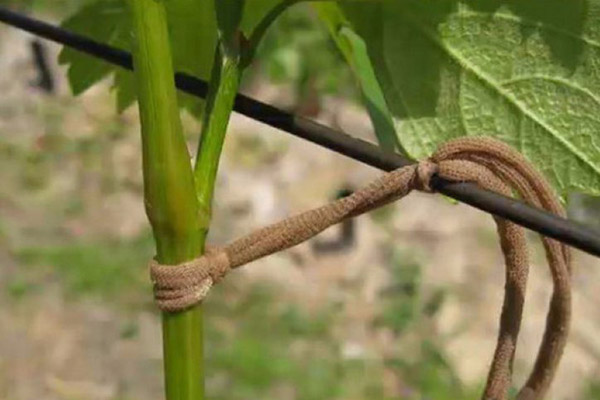
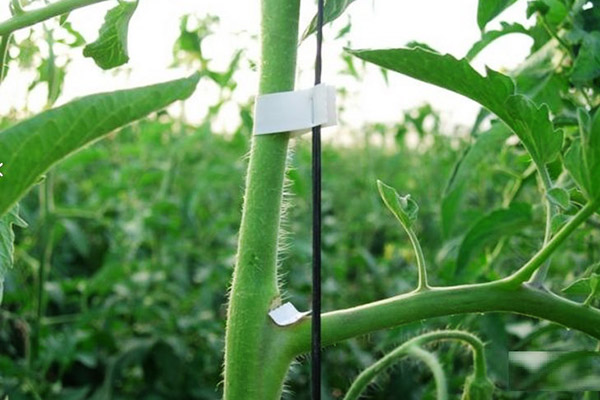
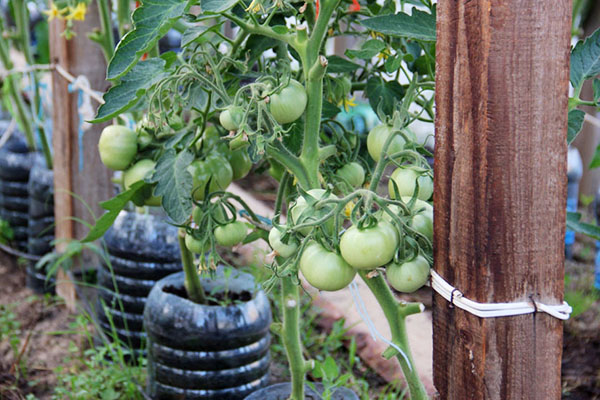
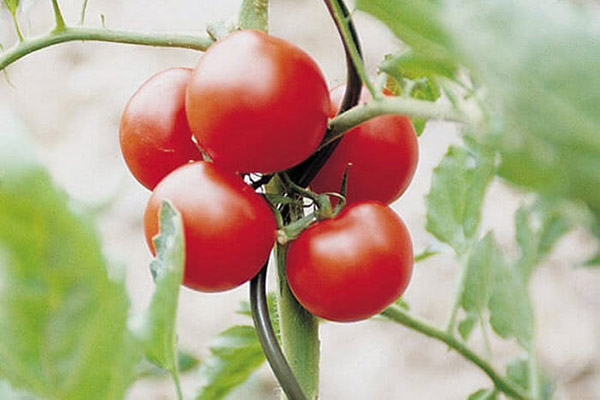
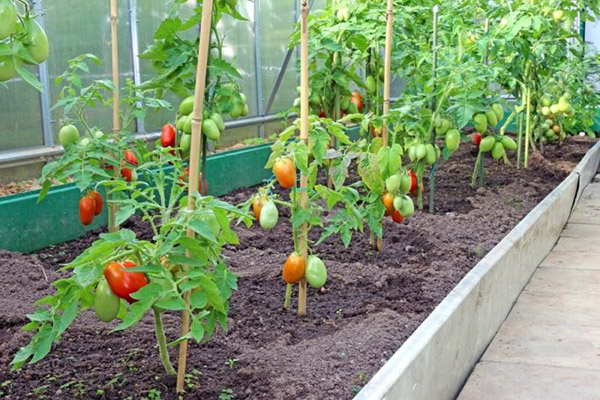
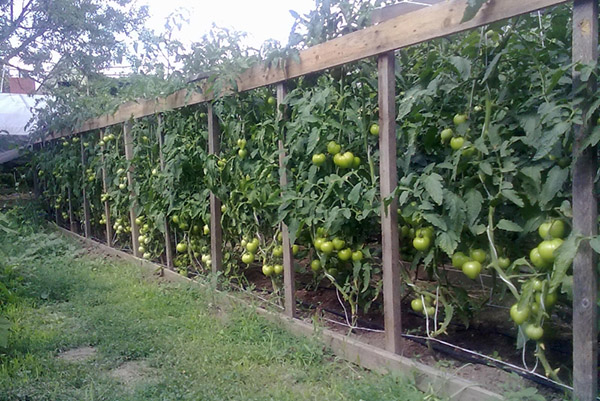

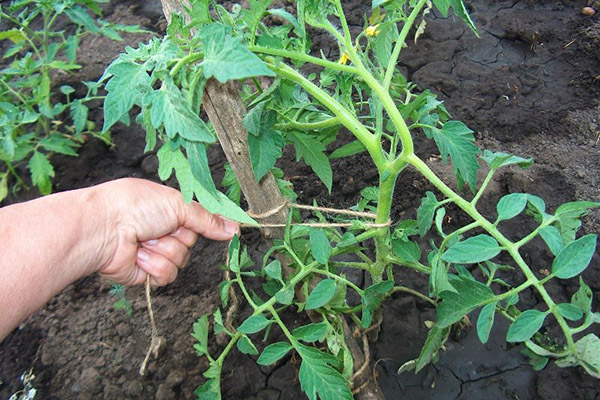

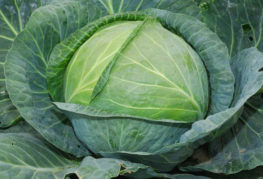

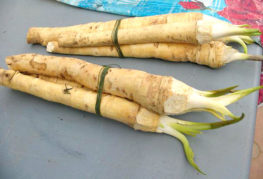
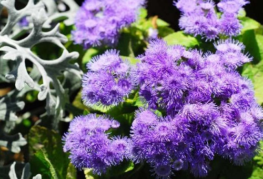

and will be published shortly.